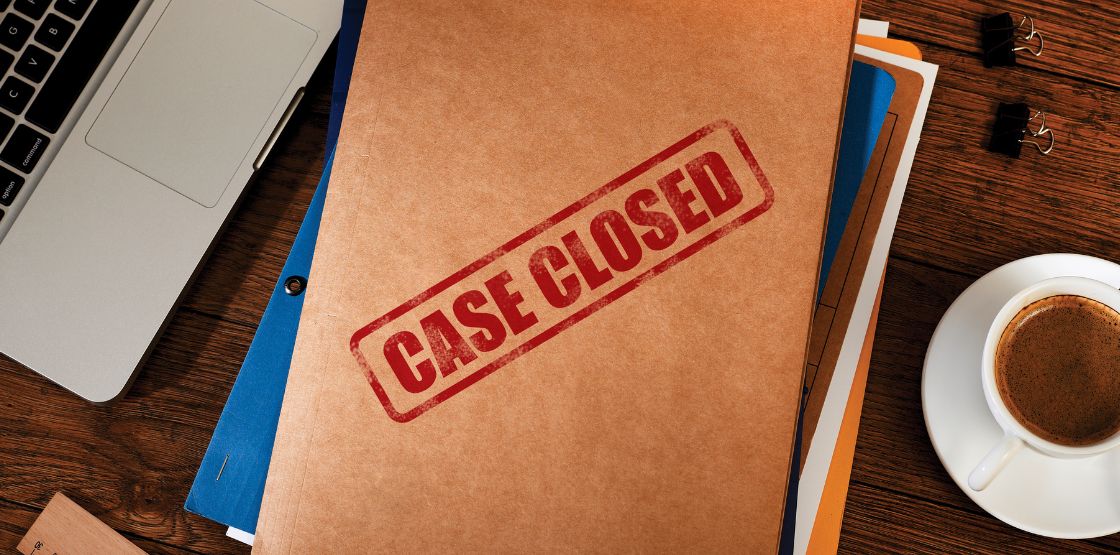Good news – someone wants to place a large online order for one of your company’s products, shipped to their business in the United States. But in reality, this person is a scammer from some boiler room halfway around the world. They are using a spoofed phone number, an address for an anonymous drop shipment point, and a stolen credit card number that will eventually get charged back to you.
Fraudsters can leverage the anonymity of the web to do everything from transferring money to purchasing valuable goods for resale on the black market. And the growth of online commerce and card-not-present (CNP) transactions has fueled online fraud as a lucrative industry. According to an annual report from CyberSource, as of 2016 companies lose nearly one percent (0.8%) of their revenues to fraud. It occurs almost equally across companies of all sizes, and 83% of them conduct manual reviews of orders to try and combat this fraud.
It is this latter area – manual verification – that often becomes a tough choice for businesses. Do you tighten up your screening process, and risk rejecting valid orders and losing customers? Or do you become more of an easy target for criminals? Either way, this manual verification, which can take several minutes per transaction checked, represents a substantial cost on top of any losses or chargebacks you endure because of fraud.
One of the key criteria for fraudulent transactions is the location of the purchaser. Common red flags for problem transactions can include.
- A purchaser whose IP address is far from their delivery address – for example, someone in Asia orders something to be shipped to a business in Indiana
- Anonymous or so-called “dark web” IP addresses designed to mask the user’s location, including proxy servers and virtual private networks (VPNs)
- Orders from multiple locations over a short period of time
On the other hand, simple screening criteria such as rejecting orders from VPNs, proxy servers and distant locations are blunt instruments that can exclude legitimate customers, such as people traveling on business. Moreover, manual verification of these orders represents a substantial transactional cost that affects your organization’s margins.
This is where automated geolocation tools can make a real difference in fraud prevention. Using continually updated databases, and often working as an API directly from your web processes, these tools can automatically validate and cross-reference criteria such as mailing addresses, phone numbers and IP addresses for legitimacy. They can also validate the credit card itself, by using BIN number validation. More important, bundled tools for lead or order generation can perform multi-function verifications using composite criteria, returning a 0-100 quality score on the overall validity and authenticity of the customer.
Held up against the financial, merchandise and time losses associated with fraud, not to mention the potential loss of goodwill and market share among existing customers, automated geolocation tools can be an extremely cost-effective solution for a universal problem among businesses. Unfortunately fraud will always be with us, thanks to human nature, and these tools help you and your business stay one step ahead of the problem.













